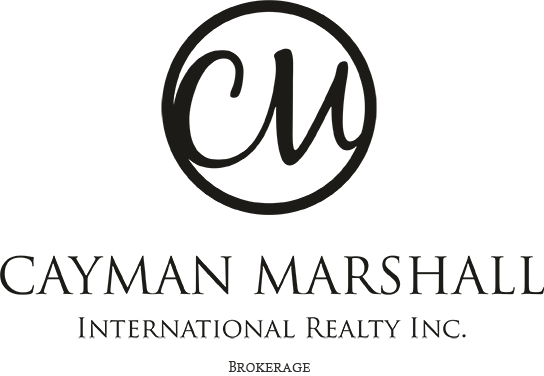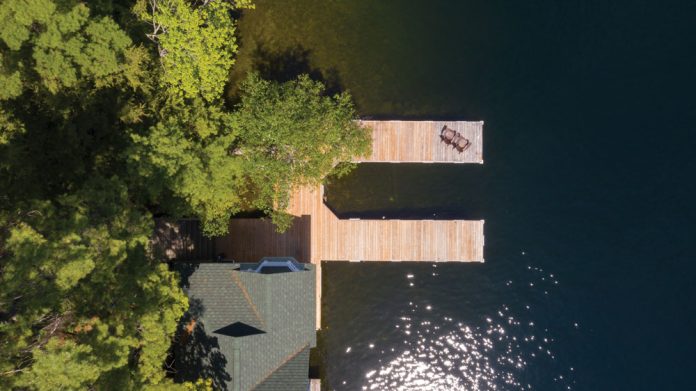By DC Rutherford
What you don’t know about your boathouse, legally speaking, can sink you.
When you’re buying or selling a cottage, don’t overlook the outbuildings and ancillary structures – particularly in Muskoka, the boathouse.
When you’re buying a property with a boathouse, you want to ensure that the proper permits are in place and that there haven’t been major alterations to what was originally approved, warns Cameron Hoos of Hoos Law Professional Corporation, a Bracebridge-based law firm that frequently handles transactions involving waterfront real estate. A problematic boathouse isn’t just a matter of safety, but could also impact financing. And if it’s discovered to be illegal, the municipality could enforce changes to rectify the issue, including forced removal.
As families grow and remote working becomes more prominent, some cottagers have found the need to maximize space and privacy for guests. Hoos is adamant that you ensure any construction, existing or planned, follows the letter of the law. “Problems with the boathouse are something that an unsuspecting buyer can sometimes rectify with title insurance. But, it is often desirable to discover these problems before closing, which can be done by checking the municipality’s building and zoning record, and determining what permits were pulled and whether those permits are closed; it is important to ensure that the permit and plans align with what is constructed onsite.”
He’s seen the following scenario more than a few times. “[The owners] don’t have enough frontage, so they go get a building permit and build a one-storey boathouse with ‘storage’ up top. Then, they get their final inspection, and construct a bedroom, a bathroom, and a little kitchenette as living quarters. And it appears on the surface to be approved as a two-storey.”
Also, it’s important to understand that some boathouses don’t just need the building department’s approval, but also the Ministry of Natural Resources and Forestry’s (MNRF) approval to occupy the land over which the boathouse sits. A portion of the boathouse is on land, but another portion projects out into the water; so cottagers require temporary “occupational authority,” which requires an application for a Land Use Permit (LUP). After the LUP is in place, there is a process that is followed with the MNRF to obtain permanent occupational authority, which, according to Hoos, involves obtaining a Land Lease or a purchase of the Water Lot.
“Property owners with a two-storey boathouse need an Ontario land surveyor to survey the land over which the boathouse sits, and create a reference plan with the land registry office,” explains Hoos. “If you want to lease the land, the MNRF prepares the lease, you sign it, it gets registered on title, and you pay them an annual fee. But, if you want to buy it, the MNRF sends you a Transfer (like a Deed for the land), you pay them per square foot, and then you actually own it, which arguably makes the land more valuable and marketable.”
Hoos points out that lawyers who don’t specialize in the idiosyncrasies of cottage country real estate are often unfamiliar with the “ins and outs” of boathouses. In an ever-competitive market, it’s paramount that buyers and sellers are aware of the inherent complications of rural properties, lest the sale be held up or legal problems ensue. After all, the cottage is for relaxing. Be sure to minimize rural stress by retaining the counsel of those in the know.



